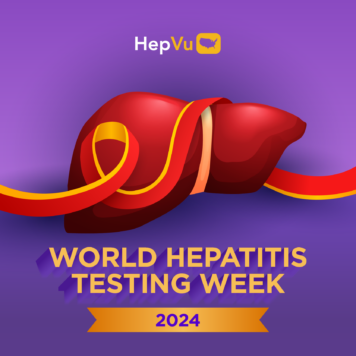Selected and summarized by Ronald O. Valdiserri, MD, MPH, Professor, Department of Epidemiology, Rollins School of Public Health, Emory University, and Co-Chair of HepVu.
Dr. Valdiserri reviews significant articles on prevention, public health, and policy advances in viral hepatitis. This month, he highlights “Changing Urban-Rural Disparities in the Utilization of Direct-Acting Antiviral Agents for Hepatitis C in U.S. Medicare Patients, 2014—2017,” authored by Du P, Wang X, Kong L, Riley T, and Jung J. Published in the American Journal of Preventive Medicine, February 2021, 60(2): 285-293.
What question(s) does this study address?
Multiple barriers may hinder access to curative treatment for persons living with Hepatitis C infection in rural areas. Among these barriers are the lack of Hep C care infrastructure, limited health care provider workforce, long travel time to care, and other transportation issues. Quantitative evidence of real-world, rural-urban disparities in access to curative Hepatitis C treatment is limited and these researchers set out to investigate whether rural patients with Hep C infection who are covered by Medicare have the same access to treatment with direct-acting agents (DAA) as their urban counterparts. Medicare fee-for-service beneficiaries who were newly diagnosed with Hepatitis C infection between January 1, 2014 and December 31, 2016 were included in this retrospective cohort study.
What are the major findings of this report/article?
- A total of 204,018 newly diagnosed patients with chronic Hepatitis C infection were included in the study; approximately 20% lived in rural areas.
- A higher proportion of rural patients were under 50 years of age, white, resided in the South, and had a history of drug/substance use.
- The rate of DAA use for urban and rural patients combined was only 13% in the first year after Hep C diagnosis and increased to about 30% by the end of year four.
- In the first year of follow-up, rural patients had a similar rate of receiving DAA compared to urban patients; in later years, however, they were less likely to receive DAA compared to urban patients.
- DAA use gradually increased over time in both urban and rural patients, but the rate of increase was greater in urban patients.
What are the implications for the prevention and control of viral hepatitis?
- Urban-rural disparities in DAA uptake among Medicare patients with chronic Hepatitis C suggest the need for public health and clinical actions to remove or mitigate treatment barriers for rural patients.
- In this study, younger patients with Hepatitis C under 50 years of age or those with drug disorders were less likely to receive DAA compared to their counterparts. Continued low DAA uptake among younger patients with Hep C and drug use disorders can result in the continued transmission of the Hep C virus.
- Expanding primary care capacity to treat Hepatitis C infection is one strategy that can help improve access to treatment for rural and other underserved populations.



